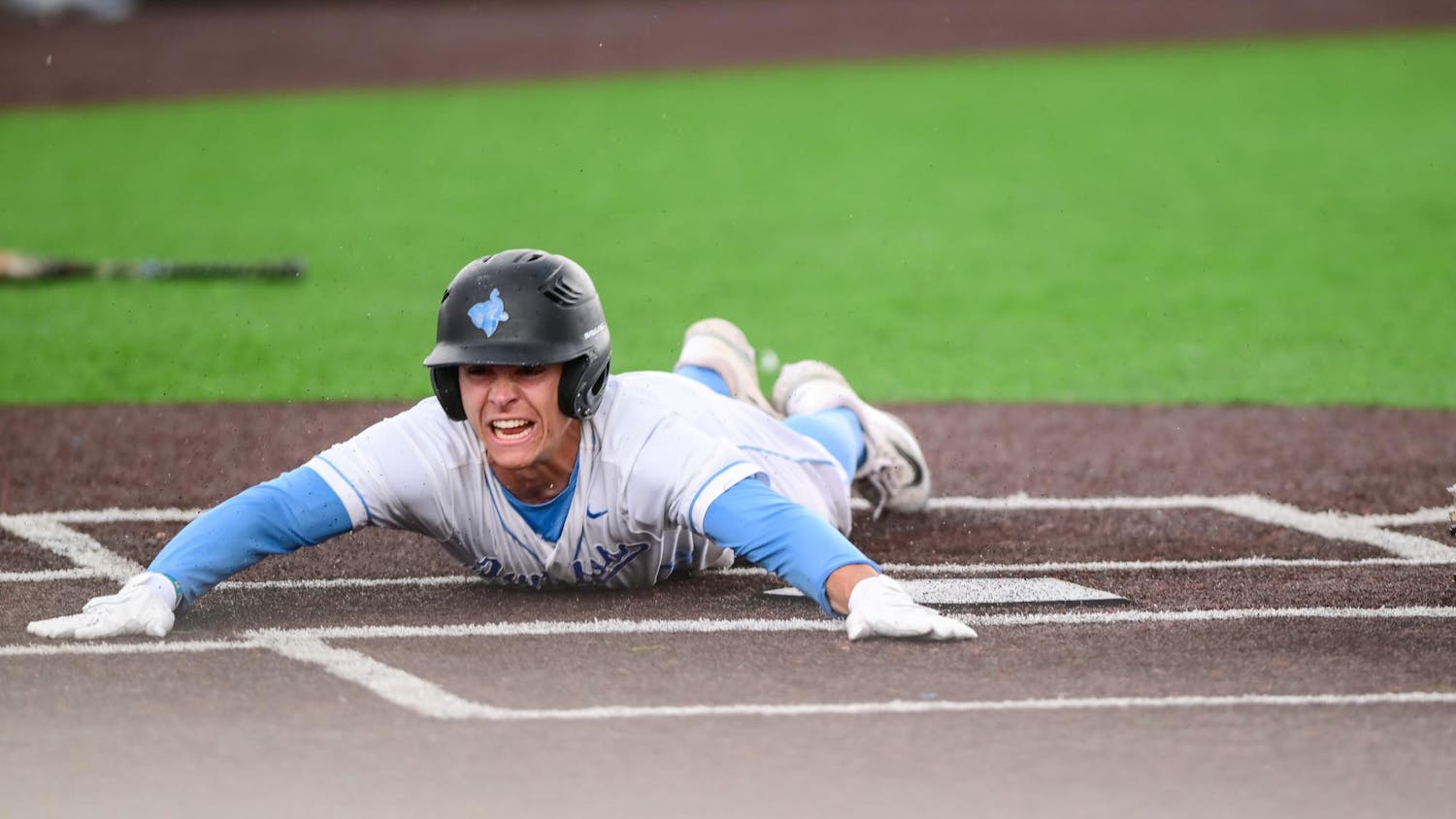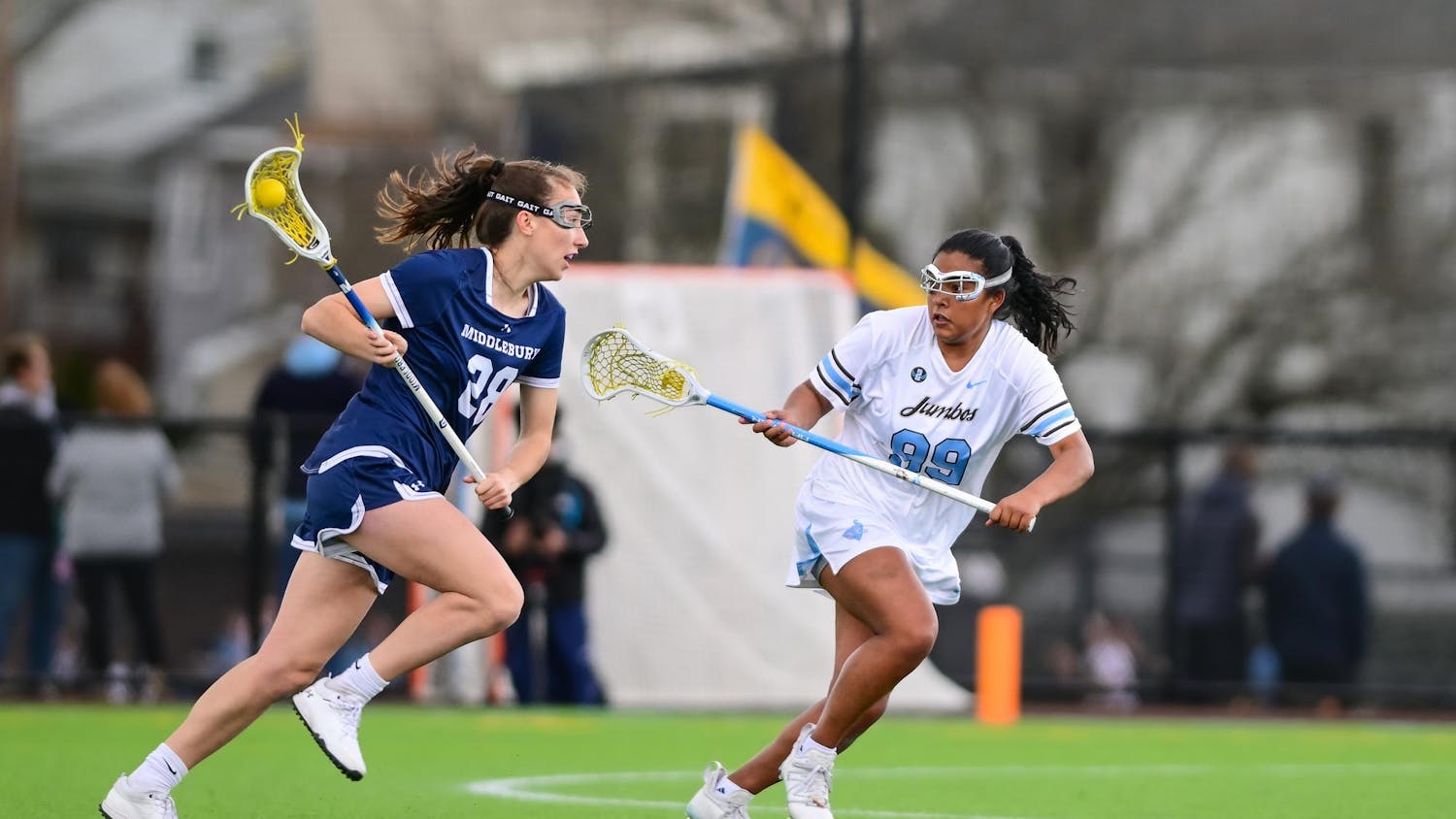The situation was all too familiar. Jets fans brimming with excitement, anxiously awaiting the announcement of the missing link, the player who would re-energize the franchise. This was the year. The year the New York Jets organization would atone for their abysmal track record at the NFL Draft and select a player who would make them a true contender. The year Rex Ryan and company would shake up the NFL, vindicating his big-bellied bravado by bringing a big-name player to the Big Apple.
And then the Jets announced their first-round pick, and the cacophonous chorus of boos rained down.
Yes, the situation was all too familiar for the Gang Green's faithful. Once again, Jets management had swindled the team's loyalists, choosing a player described as "too inconsistent" by ESPN analyst Jon Gruden. With the 16th pick in the draft, the Jets selected Quinton Coples, a 6-foot-6, 284-pound defensive end from the University of North Carolina.
For years, sports anchors, Jets staffers and fans alike have echoed the same sentiment: The Jets need a prolific pass-rusher off the edge. In 2008, the Jets got their man: Vernon Gholston. The Ohio State defensive end was noted for his penetrating quickness, superhuman strength and freakishly long arms, great for snagging quarterbacks. Compiling 21.5 career sacks with the Buckeyes, Gholston dazzled scouts at the NFL combine and was taken sixth overall.
Gholston currently holds the title of Jets all-time biggest draft bust.
He was released after three dismal seasons and is currently out of the league. He recorded as many NFL sacks in his short-lived career as my grandma: none. (But had my grandma entered the NFL, she would have collected at least one sack. She's a tough cookie.)
Immediately, Coples' selection evoked agonizing memories of Gholston. Physically, however, Coples does not resemble Gholston. According to Ryan, Coples is more of a bruising inside pass rusher a la Shaun Ellis or Trevor Pryce. He boasts enormous size and deceptive speed suited for tracking quarterbacks. Perhaps he better resembles another infamous Jets draft bust: University of Kentucky defensive tackle and fourth-overall pick in 2003, Dewayne Robertson.
Coples was deemed a dicey pick off the bat; he had top-10 ability, but did not always display maximum effort. His sack total in his senior year reflected a dramatic drop from a stellar junior season. When you are a young football player competing at the collegiate level, you are like a fine wine: You should get better with age.
Coples got worse, so now his draft day circumstances most closely resemble those of Detroit Lions defensive tackle Nick Fairley. Originally advertised as a top-two pick in the 2011 draft, Fairley's poor showing dropped him down to No. 13. The Lions thought they were stealing Fairley, but he underperformed throughout his rookie season with a measly 15 tackles and one sack in 10 games. Fairley was also recently arrested for marijuana possession.
So, should the Jets have traded up to select, say, a Trent Richardson or Michael Floyd? The Jets have an uncomfortable history of trading up for picks. Just look at former golden boy Mark Sanchez. The USC quarterback was taken fifth, with the Jets sacrificing their first- and second-round picks and three players in the process. Sanchez was originally lauded as the second coming of Joe Namath, but has since heard what Coples heard on draft day: New Yorkers booing.
Perhaps the Jets should've traded up, but this draft was top-heavy on offense, the first five picks having all been offensive players. The Jets, as their fans have preached for years, need a defensive force. Gang Green has not seen an explosive edge rusher since John Abraham was traded in 2006. We'll see if Coples can be the next big thing.
--
Zach Drucker is a senior majoring in international relations and Spanish. He can be reached at Zachary.Drucker@tufts.edu.





